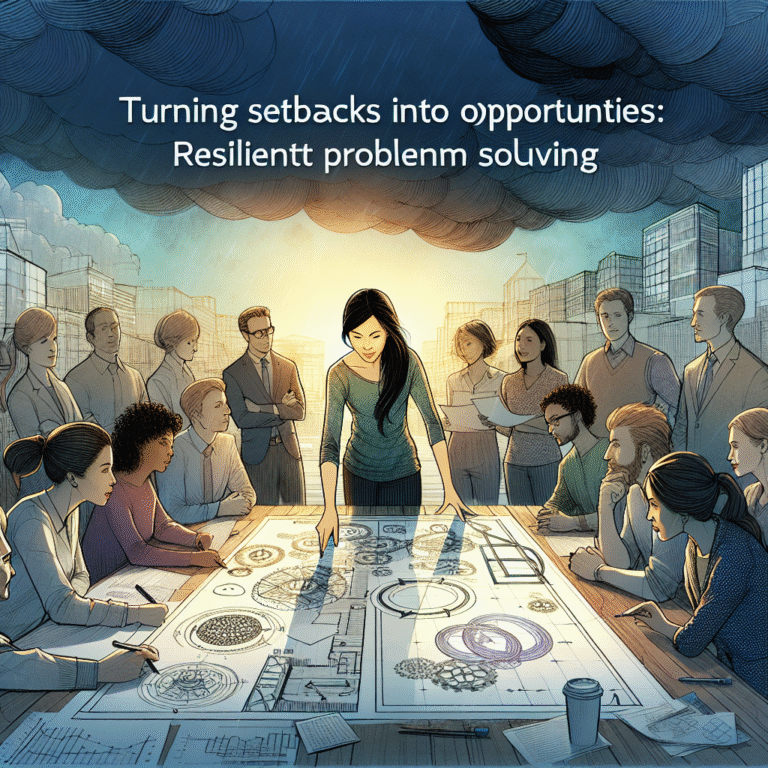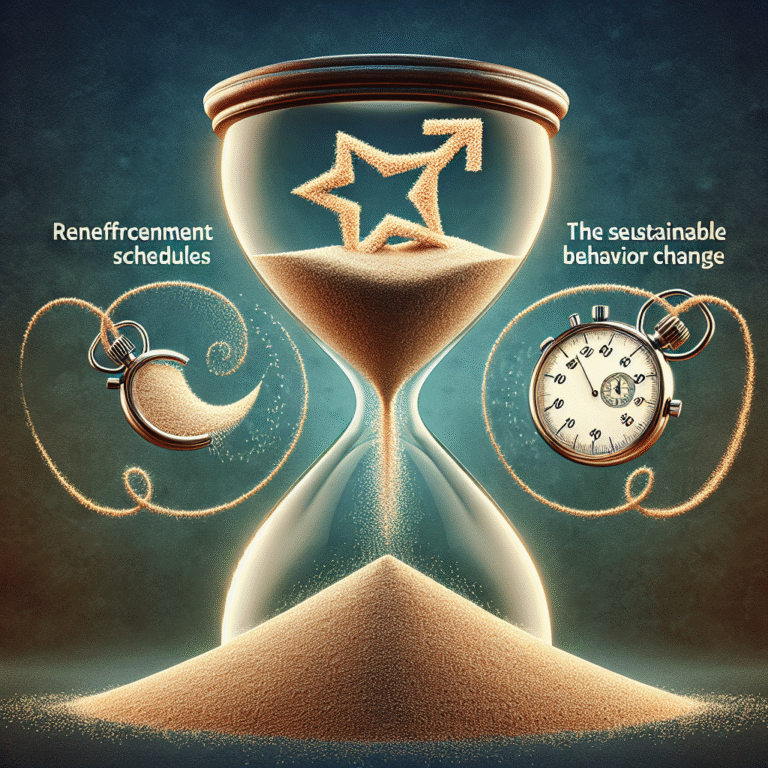
Introduction
Imagine walking into a classroom that feels vibrant and alive, where students are not just passive recipients of information but active participants in their learning journey. As educators and learners, we often focus on explicit learning—the kind of knowledge acquired through direct instruction and formal education. However, there’s a quieter, subtler force at play: implicit learning. This phenomenon occurs beneath the surface, shaping thoughts, behaviors, and attitudes in ways we often overlook. In this article, “The Invisible Classroom: Exploring the Impact of Implicit Learning on Education,” we’ll delve into the profound influence of implicit learning, illuminating its potential to transform educational experiences and outcomes for both students and educators.
Understanding Implicit Learning
What is Implicit Learning?
Implicit learning refers to acquiring knowledge in an unconscious manner, without direct intention or awareness. This process happens naturally, allowing individuals to absorb information from their environment—be it through social interactions, observation, or cultural nuances—without formal instruction. For example, a child may learn to navigate social dynamics by watching peers, picking up on unspoken rules and behaviors.
The Differences Between Explicit and Implicit Learning
| Characteristic | Explicit Learning | Implicit Learning |
|---|---|---|
| Conscious Process | Deliberate and intentional | Unconscious and automatic |
| Instruction Style | Formal, structured | Informal, experiential |
| Examples | Classroom lectures, textbooks | Social interactions, cultural practices |
| Retention | Often short-term | Typically long-lasting |
While explicit learning provides crucial knowledge and skills, implicit learning enhances the depth and richness of our understanding, particularly in interpersonal and contextual situations.
The Role of Implicit Learning in Education
1. Building Social Skills
Case Study: Role-Playing in Language Learning
A language class introduced role-playing activities where students interacted in real-world scenarios, using their newly acquired vocabulary. The results were telling—students became more proficient in conversational skills, revealing how implicit learning helped bridge the gap between learned words and actual use.
Analysis: This example underscores the importance of context. By engaging in realistic situations, students internalize language patterns and social cues, demonstrating that implicit learning complements explicit studies.
2. Fostering a Positive Classroom Environment
Implicit learning isn’t just about academic knowledge; it also plays a vital role in shaping classroom cultures. Teachers who model empathy, respect, and collaboration tend to influence their students’ attitudes and behaviors unconsciously.
Example Application: A teacher who consistently praises effort rather than innate ability fosters a growth mindset among students. Over time, students begin to internalize the importance of perseverance, which aids their learning process.
Enhancing Teaching Methods with Implicit Learning
1. Active Learning Strategies
Active learning techniques, such as group discussions or peer teaching, integrate implicit learning methods by promoting collaboration and communication. For instance, when students explain concepts to each other, they often absorb knowledge in ways that direct instruction cannot replicate.
2. Storytelling as a Teaching Tool
Narratives can serve as a powerful vehicle for implicit learning. Consider a science educator who integrates storytelling to explain complex topics. Students not only retain information better but also develop a more profound connection to the content through the implied morals and ethical dilemmas presented in the story.
3. Reflection and Metacognition
Encouraging students to reflect on their learning experiences can facilitate implicit learning. By asking them to think about how they approached a problem or collaboratively solved a challenge, educators help students become aware of their learning processes.
The Invisible Curriculum: Implicit Learning Beyond Academics
Implicit learning extends beyond traditional subjects, affecting students’ emotional and social development. The “invisible curriculum” refers to the unspoken social norms and values present in educational settings.
1. Cultural Competence
In diverse classrooms, implicit learning fosters cultural competence. Students learn to navigate differences through exposure to various perspectives and backgrounds, enhancing their ability to work collaboratively in a globalized world.
2. Character Education
Character traits such as resilience, empathy, and integrity are often learned implicitly through example rather than direct instruction. Educators can create environments that model these traits, embedding them in students’ character development naturally over time.
Measuring the Impact of Implicit Learning
Quantifying the benefits of implicit learning can be challenging, but various methods exist.
1. Surveys and Feedback
Using surveys can help gauge students’ perceptions of their learning environment and experiences. For example, a school might implement regular feedback sessions to assess how well implicit learning principles are woven into the curriculum.
2. Performance Metrics
Tracking students’ performance in collaborative tasks versus standard assessments can yield valuable insights into the effectiveness of implicit learning strategies.
Challenges of Implicit Learning in the Classroom
1. Awareness and Training
Many educators may not be aware of the significant role implicit learning plays in the educational process. Training sessions on the importance of fostering implicit learning can empower teachers to implement more effective strategies.
2. Balancing Explicit and Implicit Learning
Striking a balance between explicit instruction and implicit learning is crucial. While students need foundational knowledge, they also deserve opportunities for experiential learning that enrich that knowledge.
3. Assessment Limitations
Standardized testing often emphasizes explicit learning. Educators should advocate for assessments that capture the benefits of implicit learning, such as collaborative projects, presentations, and portfolios.
Conclusion
As we navigate the evolving landscape of education, recognizing the importance of implicit learning is essential. Understanding how The Invisible Classroom: Exploring the Impact of Implicit Learning on Education can shape not just academic success but the social and emotional growth of students empowers educators to create richer, more engaging learning environments. By integrating explicit and implicit learning strategies, educators can foster holistic development that prepares students for the complexities of the world.
This journey requires introspection, adaptation, and a willingness to embrace the nuances of learning. To transform our classrooms into thriving ecosystems of knowledge, we must continue to explore and harness the power of implicit learning.
FAQs
1. What is implicit learning?
Implicit learning is the unconscious acquisition of knowledge and skills through experiences rather than direct instruction.
2. How can educators promote implicit learning?
Educators can emphasize active learning strategies, storytelling, reflection, and fostering a positive classroom environment to promote implicit learning.
3. Why is implicit learning important in education?
Implicit learning shapes social skills, emotional intelligence, and cultural competence, playing a crucial role in holistic student development.
4. How can implicit learning be measured?
Surveys, feedback sessions, and performance metrics can help assess the impact of implicit learning in educational settings.
5. Are there challenges associated with implicit learning in the classroom?
Yes, challenges include lack of awareness among educators, balancing explicit and implicit strategies, and limitations in standardized assessments.
By recognizing and nurturing The Invisible Classroom: Exploring the Impact of Implicit Learning on Education, we can unlock new dimensions of learning that empower students for life beyond the classroom.














